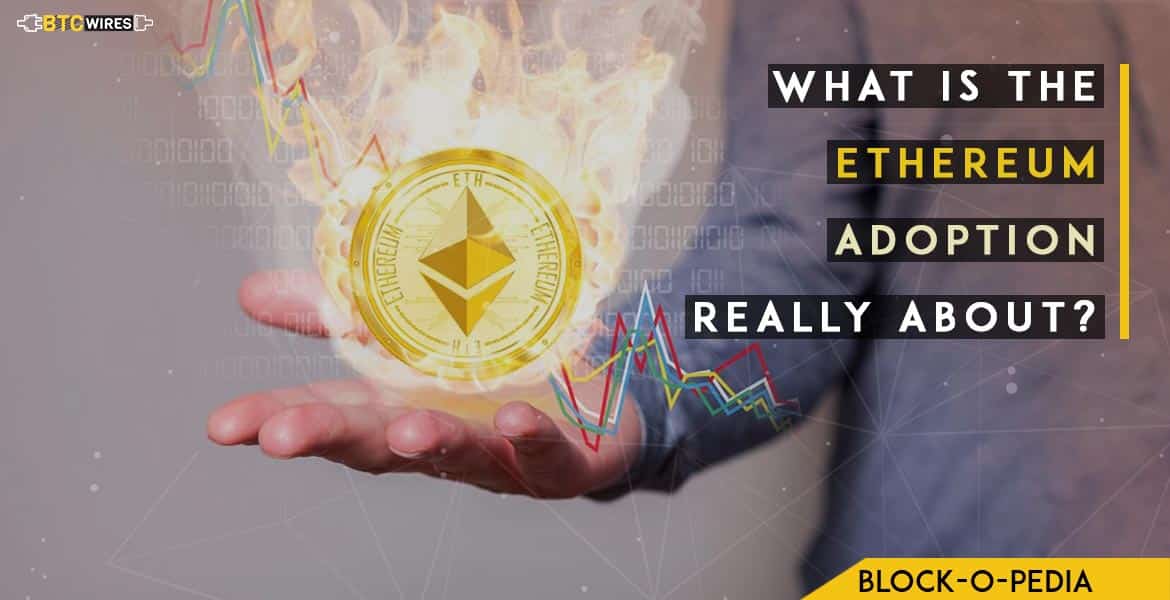BTC Wires: Martin Köppelmann, the man behind the decentralized marketplace Gnosis,

BTC Wires: Martin Köppelmann, the man behind the decentralized marketplace Gnosis, has stated that Ethereum adoption should be judged on the basis of the network of dApps (decentralized applications) rather than by the numbers of users on the network.
The Ethereum blockchain is a decentralized computing platform and therefore it allows users and dApps to handle data on a peer-to-peer basis. Users on the blockchain network can get their job done without involving any intermediaries. The transactions or operations carried out over Ethereum with the dApps are well-distributed and direct in nature.
Köppelmann had created Gnosis as a decentralized marketplace and since then it has become a major competitor of Augur. The Gnosis creator went on to say that the network effect of dApps and the their ability to make use of applications like smart contracts to process data should be the key yardsticks to evaluate how well Ethereum has been adopted so far.
He said “The best metric of success for Ethereum is not how many DAPPs are deployed or how many transactions those DAPPs have. It is about how many DAPPs are created and used that use smart contracts from other dApps,”
To give one example- 0x, a decentralized exchange protocol can be said to be the base layer lying at the core of relayers launched on the blockchain and obviously decentralized exchanges too. Now, this protocol, based in the Ethereum, is harnessed by a wide variety of digital asset trading platforms like the Paradex, Augur, imToken, Maker, Melonport etc. These platforms and some others make use of this protocol to simplify and decentralize digital asset trading for customers.
Fred Ehrsam, a former trader from Goldman Sachs and now a co-founder of Coinbase,remarked that the protocols which make sure the dApps can share smart contracts and use the functional features of other platforms on Ethereum lead to creating a complex of users who come together to experience the benefits arising from the cross-network compatibility of the dApps. For example, since the 0x protocol allows decentralized exchanges to function on top of its base layer, this potentially means that exchanges can share a liquidity pool which gives the opportunity to users across different decentralized exchanges to trade virtual assets on a common platform.

